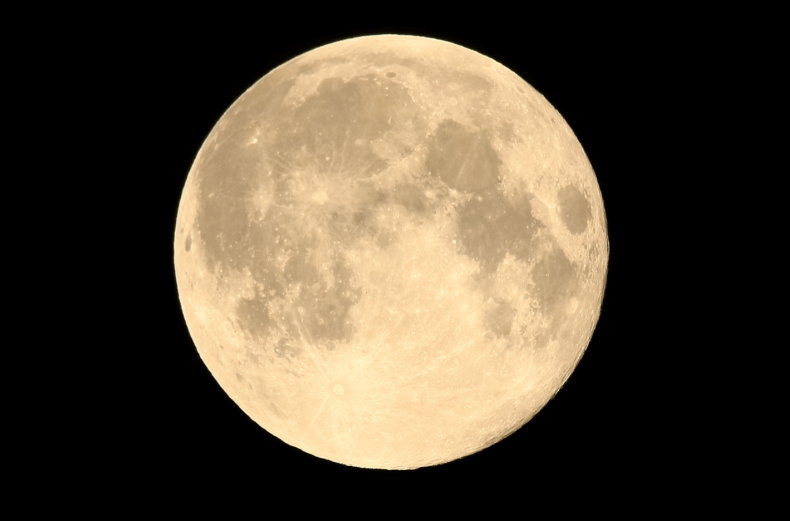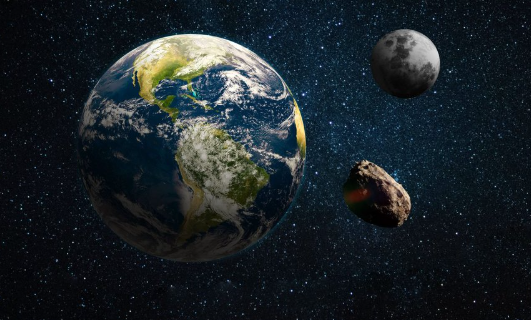Prepare to See the Rare Strawberry Moon on June 11th!

© Wikimedia Commons
Mark your calendars—on June 11, 2025, the sky will light up with the famed Strawberry Moon, a celestial spectacle that’s more meaningful than its name suggests.
When & How to Watch the Strawberry Moon
- Peak illumination occurs at 3:44 a.m. EDT on June 11; however, the most magical sight is the moonrise around dusk on June 10, especially along the eastern horizon.
- This Strawberry Moon will be one of the lowest full moons of the year, making it appear noticeably larger and richer in color—a phenomenon tied to the moon’s position in the 18.6‑year nodal cycle.
- Viewing tip: Pick a location with minimal light pollution and a clear view of the horizon. Binoculars or a small telescope will bring craters and shadows into sharp relief.
Why “Strawberry Moon”?
The name doesn’t reflect its color, but the season:
- Native American tribes, including the Algonquin, Ojibwe, Dakota, and Lakota, named it to mark the annual harvest of “June-bearing” strawberries.
- Other names used across cultures: Blooming Moon, Green Corn Moon, Birth Moon, Hatching Moon, and in Europe, the Rose Moon or Honey Moon—each tied to seasonal cycles.

The Science at Play
- The moon appears orange‑gold near the horizon due to atmospheric scattering: long-wavelength colors survive the journey through thicker air layers.
- This particular Strawberry Moon is a “micro moon”—it’s actually a bit smaller and dimmer because it coincides with the moon’s farthest point from Earth (apogee), yet its low position enhances its visual drama.
Cultural and Symbolic Significance
- Historically, full moons helped societies mark time and seasons. The Strawberry Moon heralded berry-picking and early summer abundance in many cultures.
- Its rarity in position—the lowest full moon in almost two decades—adds to the occasion’s symbolism: a beautiful reminder of life’s cyclical patterns.
Viewing Tips
- Best viewed at moonrise, about an hour after sunset—check a moonrise calendar for your locale.
- To capture its size and color, include foreground elements like trees or buildings in photos.
- If you’re in the South Pacific, you may catch the moon occulting Antares, the bright red star, on weekend evenings.

The June 11 Strawberry Moon is more than just a pretty face—it’s a harmonious blend of astronomical alignment, cultural heritage, and a seasonal marker. Whether you’re a skywatcher, photographer, or just someone who loves a reason to step outside, this is a night to be grateful for nature’s rhythms—and perhaps savor some strawberries beneath the moonlight.
You might also want to read: The August Super Blue Moon – What Does it Mean?


